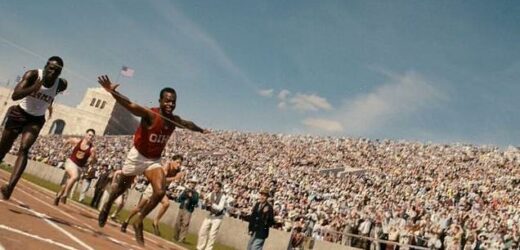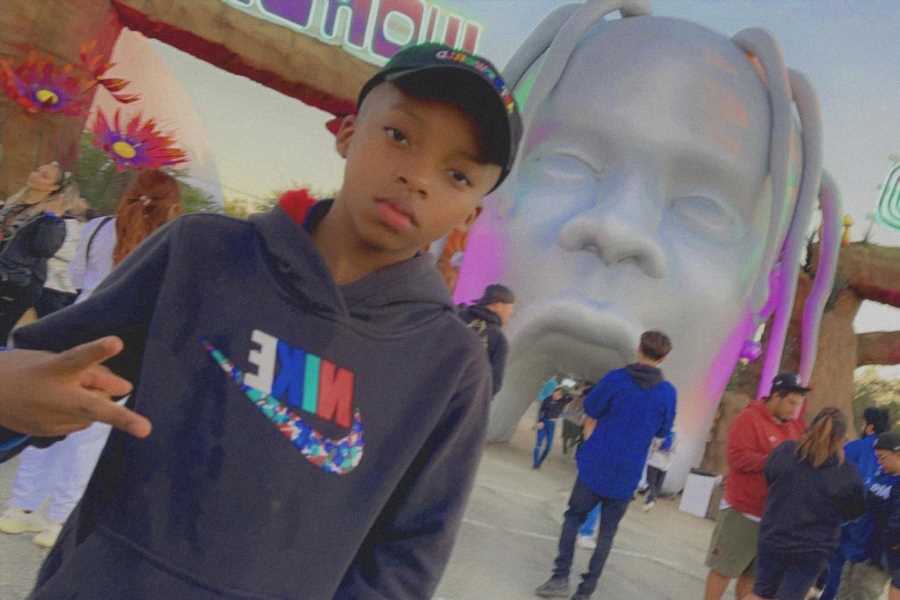Movies using the n-word are to get at least a 12A rating after it was deemed the ‘most contentious’ language in a study and sparked the ‘strongest response’ among participants
- British Board of Film Classification has conducted research on discrimination
- It found the n-word was ‘the most contentious’ and sparked ‘strongest response’
- It will take ‘stricter’ position on classification of films and shows using the word
Films which use the n-word should receive at least a 12A rating, the British Board of Film Classification has ruled.
The BBFC noted that in its research about discrimination, of all the language considered, this word was the ‘most contentious’ and sparked the ‘strongest response’.
It will reveal today that it is adopting an ‘even stricter position’ on the classification of the racially offensive term at the ‘junior’ categories.
Films and videos which use the n-word should receive at least a 12A rating, the British Board of Film Classification has ruled where previously they may have been classed as a PG
But it said that while the word will usually ensure a piece was not classified lower than 12A for film or 12 for video, this could happen if there was a ‘clear and strong educational value’, such as in a documentary which appealed to younger audiences.
The 2016 Jesse Owens biopic movie, Race, was classified as a PG. In the film, a white man uses the n-word in a derogatory manner about the legendary 1930s sportsman and other black athletes.
It would probably be a 12A or 12 if it was resubmitted today, despite its positive message about overcoming adversity.
The film body’s research also revealed the public do not think older films and TV shows should ‘necessarily’ need higher age ratings if they have ‘outdated behaviour or language’.
But they would like to be warned about offensive words or portrayals.
Jesse Owens biopic Race (pictured) featured a white man using the n-word and was classed as a PG but the BBFC feel that it would be classified as 12A or 12 on video if resubmitted now
The BBFC will now use the phrase ‘an actor in make-up portraying a different ethnicity’ when describing ‘assumed racial identities’.
Its report also said that this type of behaviour – sometimes called blackface portrayals – would likely require a higher age rating in a modern film than it would in older movies ‘where the intent may be different’ and the content can be seen ‘as a product of its time’.
Source: Read Full Article




